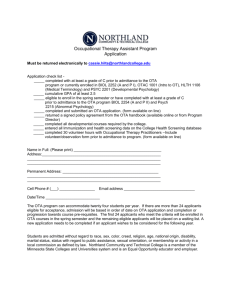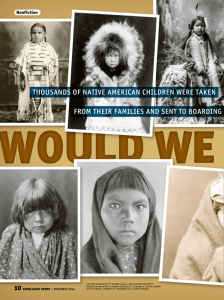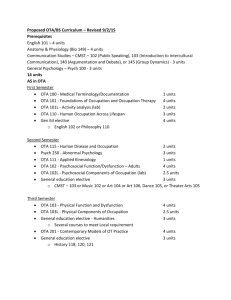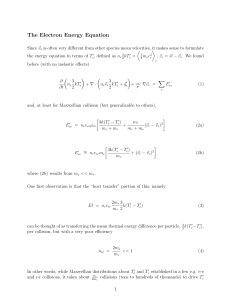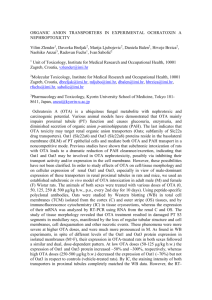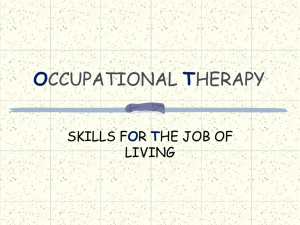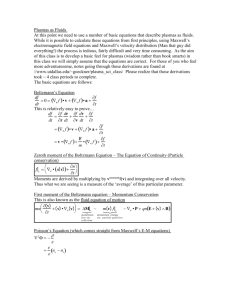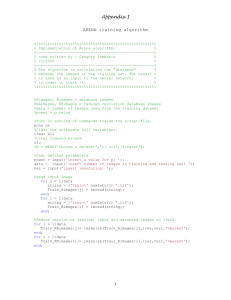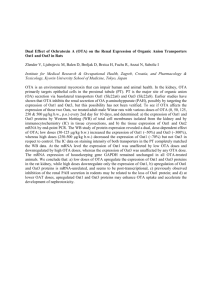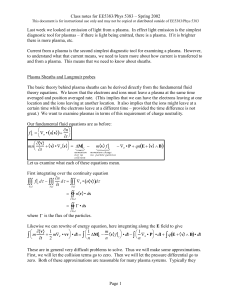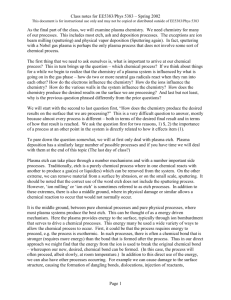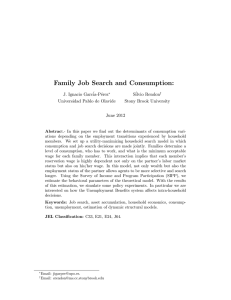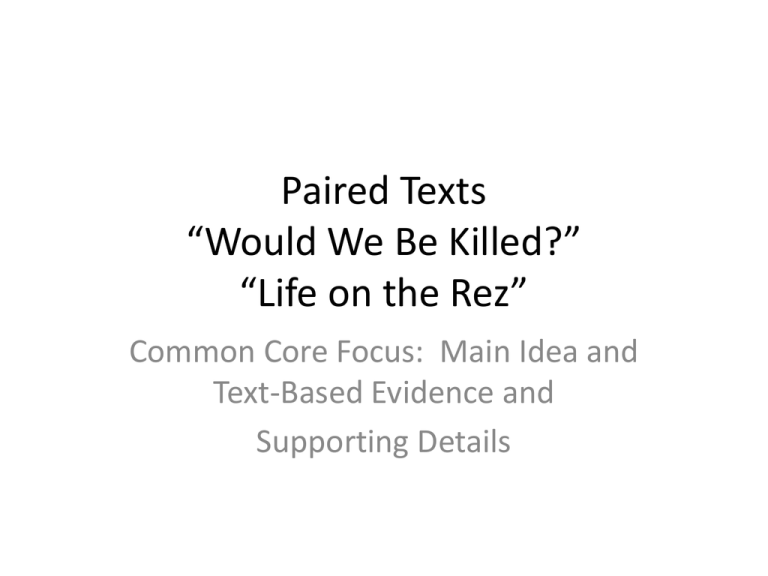
Paired Texts
“Would We Be Killed?”
“Life on the Rez”
Common Core Focus: Main Idea and
Text-Based Evidence and
Supporting Details
Main Idea of Section 1 and Details
• Although they were wary of white men, Sioux
leaders allowed the white men to take their
children to save them.
– 1879 traveled from the Dakotas to Pennsylvania
– Ota Kte was one example of a Native child who was
removed from his family
– Education was their only hope of survival
– Children were scared and even feared death
– They feared the white men because history had
shown them that they should “never trust white men”
(disease, seized land)
Main Idea of Section 2 and Details
• Henry Pratt felt that the only chance of Native
survival was to educate them.
– Native population went from 1.5 million to
250,000 in less than 100 years
– Pratt felt that Native children deserved the same
education that white children received
– This education included abandoning their tribal
ways
– “Kill the Indian – save the man”
Main Idea 3 and Details
• Children were forced to undergo major changes at the
American schools.
– Had to learn English and recite Christian prayers
• Were even beaten (strapped) if they did not speak English
• They had to cut their hair and give up their Native dress
– Were given itchy wool uniforms and hard leather boots (replaced their
moccasins and native robes)
• Change names
– Education was rigorous, and they learned trades like
shoemaking
– Obedience was forced upon them (harsh discipline)
– Ota Kte was like a “warrior saving his people”
– Eventually, sending children to these boarding schools was
mandatory and not optional
Main Idea 4 and Details
• Although the boarding schools closed by 1918,
the children who attended were forever
changed.
– Native parents wanted their children to retain
their culture; therefore, they pulled them out of
the schools and brought them home
– Ota Kte, as well as many others, felt they did not
fit in when they returned to their tribes/families
– Ota Kte eventually used his “civilized” skills to help
his people
“Life on the ‘Rez’” Main Idea 1
• Many people have misconceptions about
Native American life which must be clarified.
– Growing up on a reservation is similar to modern
American life
• Running water, electricity, television
– Reservation residents support each other
– Lovers of nature like others in America who live in
rural communities
• Shanice’s family owns five acres of land with a garden
and 23 animals
Main Idea 2 with Details
• Shanice enjoys learning traditions from her
tribe.
– Beadwork, weaving, “gigging”
– Speaking in Native tongue (language) to pass
along traditions
– Responsible hunting practices (only kill what you
can eat; never kill a doe)
Section 3 and Details
• Preserving traditions is important.
– Shanice does not want the scary history of Natives
to be repeated.
– Traditional ceremonies are being preserved and
practiced.
• Big Time
• Indian Days
• Native dress (regalia) is worn at these ceremonies.
Main Idea 4 and Details
• While Natives preserve their culture, they also value a
modern education as well as sharing their traditions
with outsiders.
– Shanice left the “Rez” to attend the University of
California, Davis, where the Native population is extremely
small
– She is sharing aspects of her own culture (deer jerky and
slang expressions) and she often wears her beadwork.
– She is learning about other cultures (ate sushi)
– She dreams of being a veterinarian to help her people (one
does not exist on her reservation)
– She hopes to inspire her siblings to attend college and be
successful as well.


